Graham Reid | | 3 min read
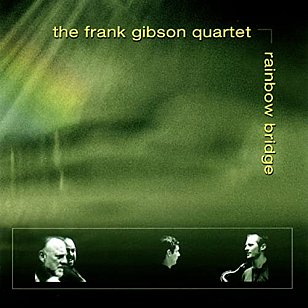
Mid-last year I was asked to write the liner notes for an album by a local musician.
These offers are usually politely declined for obvious reasons. But this one was different, so I agreed to pen some words if I liked what I heard. After the first listen I knew I would - no money changed hands and, should you wish, you can read my notes inside this long overdue album by Auckland drummer Frank Gibson and his band.
Without going over the same ground here, there is plenty more to say about Gibson and his position in New Zealand jazz.
In short though: he's right up there.
But Gibson is of a neglected, or taken for granted, generation of our jazz musicians. When jazz became hip in the early 80s after the international success of the cooler-than-thou Wynton Marsalis and his tailgaters, Gibson was too old to be considered young and hip, and too young to be an elder statesman.
He'd been playing jazz for about two decades when our own crowd started coming through in the late 80s and early 90s. No disrespect to them, but it would be fair to say Gibson had already forgotten more than they would ever know.
Influenced by the fusion movements of the late 60s, he formed Dr Tree which won rock awards, his seminal band Space Case - three albums - and played sessions with internationally acclaimed expat pianists Mike Nock and Alan Broadbent. The catalogue of New Zealand's best jazz albums bearing Gibson's name and aural fingerprint are too numerous to name.
But, as with so many of his generation - we think also of saxophonist Brian Smith, multi-instrumentalist Jim Langabeer, pianist Phil Broadhurst, bassist Andy Brown, keyboardist Murray McNabb and many others - he was woefully under-recorded at the time jazz was attaining its greatest profile in decades.
Ode Records and Kiwi Pacific had consistently, and for little financial reward, released albums featuring all these artists and more, but both curtailed their activities in difficult economic climates.
Major record companies know there isn't a decent dollar in local jazz albums, but that's only because they look at how few copies they sell. If they factored in how cheap jazz musicians are to record - they spend days in a studio, not weeks or months - the ratio of the returns might be as healthy as for any mid-level rock band.
So last year, told that Gibson had recorded another album, I was keen to hear it. I can't remember his previous album, possibly one of those gems with Broadbent and bassist Putter Smith.
Over the past couple of decades Gibson has pulled back from the flat-tack approach of his earlier years, not because of weariness or age, but because he has progressively discovered the space between the notes that all great jazz musicians love to explore.
So on this album, punctuated by bustling post-bop (it kicks off with a driving treatment of Lennie Tristano's Lennies Pennies, with saxophonist Jamie Oehlers going the whole be-bop bounce) it is in the slower material that the keen and warm intelligence of the group's interplay pulls into sharp focus.
In the delicate ballad Lazy Afternoon pianist Sam Keevers picks his way lightly through the melody over Gibson's nimble brushwork; Sam Rivers' stop-start Beatrice allows Gibson to again play some supple brushes beneath the warm and sinuous tune; and Keever's original Doctone (here in two equally beautiful versions) has an elevated quasi-classical chamber-jazz feel.
And this group isn't short of originals which stand alongside the tunes by Rivers, Thelonious Monk (a terrific invocation of the late 50s on Trinkle Tinkle), Wayne Shorter and Ornette Coleman (whose demanding Happy House proves an ideal fit for the tight band).
Gibson's tribute to his wife on Rosie My Dear puts an angular melody into the hands of Keevers while Gibson and bassist Matt Clohesy cannon around to create an undercurrent of genuine excitement. The Gibson-penned title track lets Clohesy possess a tune with a thick, haunting bassline and Keevers plays a solo which would keep most guessing as to its next direction. This is in keeping with the spirit of jazz Gibson grew up with and never abandoned, even when the electric guitars were supplying the glam and flash.
Gibson and his band are almost a throwback in the current climate where the neo-conservative movement of Marsalis has ossified and many younger players are again tossing off made-up stuff in the name of improvisation.
But what you hear on Rainbow Bridge is what we know as the quiet fire, jazz that doesn't flare then fade, but burns long and steady. And that's always a more useful source of light and heat.

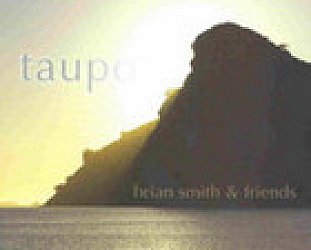
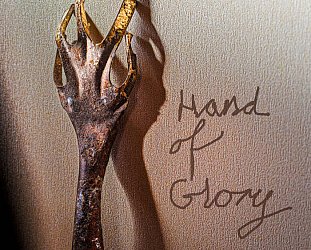
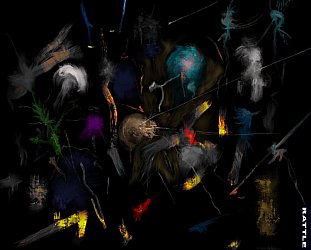

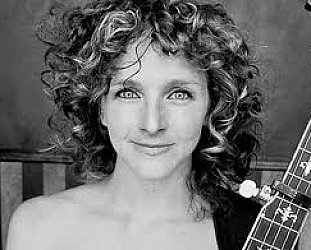

post a comment